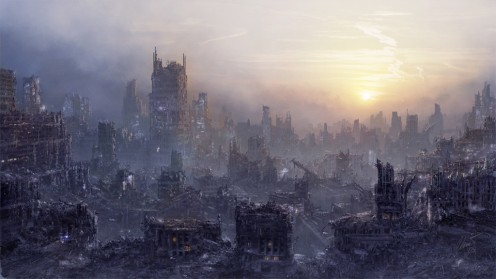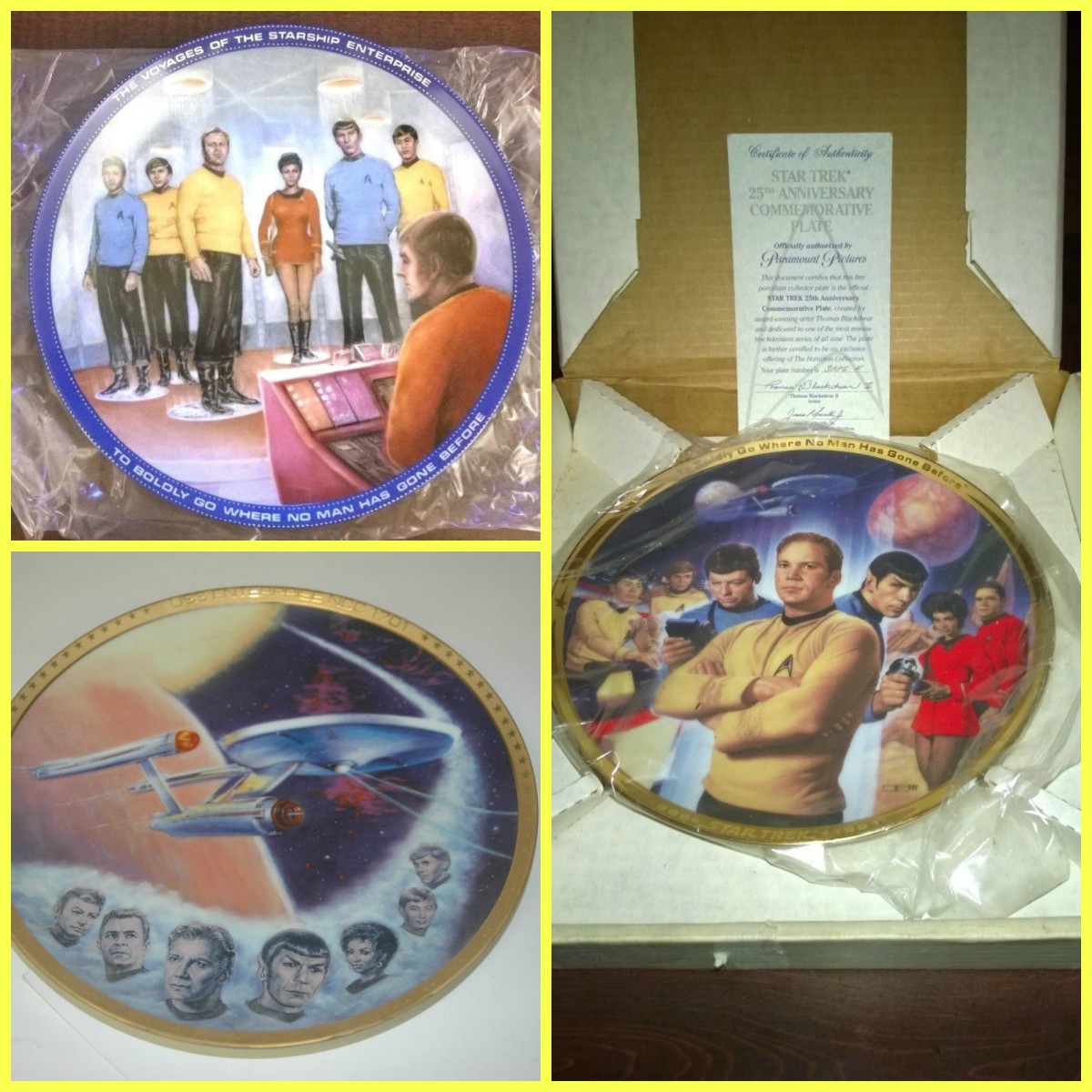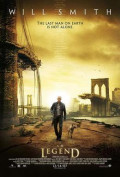Hollywood’s Apocalypse Through Cloverfield

For thousands of years, different cultures around the world have concerned themselves with the coming of the end of the world. Some have prepared for it by building magnificent tombs while others have attempted to predict its coming by creating complex calendars. In early 21st century United States, this idea has been greatly and effectively developed through films as they portray the realistic possibility of the coming of the four horsemen. J.J. Abrams’s originality and use of special effects have allowed him to create the film, “Cloverfield”, in which a mysterious monster terrorizes New York City. Through the movie’s symbols and first person perspective, Abrams is able to demonstrate America’s obsession with apocalypse.
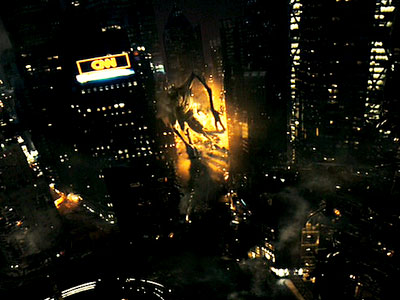
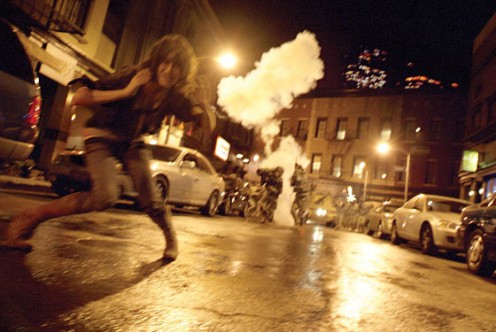
The destruction of New York City becomes the perfect city for
the film’s chaos, for it is the largest and most recognized symbol of
the United States. By having this city practically annihilated, the film
portrays the possibility of an unprecedented event which could
eradicate even man’s greatest achievements. This gives the viewers a
sense of insecurity by showing them that the calm, life as they know it
could be supplanted by a life of terror and turmoil overnight. Another
symbol that is present in the film is the Statue of Liberty which
represents freedom and, in the eyes of many immigrants coming to
America, the chance for a new and better life. In the movie, the
statue’s head is slammed into New York City by the enigmatic creature.
This action conveys a feeling of hopelessness both as the monument is
decapitated and as the audience bears witness to the monster’s
destructive capacity, something which they know they are no match
against. The monster itself serves as a third symbol as the viewers get
only brief glances of the monster throughout most of the movie. Abrams
shrouds the creature in mystery until the very end. By then, it is too
late for the protagonists to save themselves as they’re subjected to the
monster’s mercy, similar to the way that many think the threat of
apocalypse will grow until it is too late for mankind to reverse its
avertable effects.

“Cloverfield’s” unique film composition creates a great sense of realism and chaos as the protagonists attempt to survive in New York City while shooting the film. In the movie, the characters’ actions directly influence what is being filmed with the camera. When the characters are running, the camera shakes and vibrates with more intensity which provokes a thrilling sensation for the audience than if they were walking, which would then create a calmer and more relaxed feeling. In addition, the camera work done by the characters in the film is also connected to the environment that they are in, which in turn affects factors such as lighting and sound. When the protagonists are walking through a dark subway, an ominous anxiety is created out of not being able to see their surroundings. But while they’re at a party, the colorful and bright lights cause a lively and more enjoyable feeling. Similarly, the sounds of the movie are able to create different moods. Explosions, screaming, and unnatural shrieking cause the audience to feel panic while the sound of party music and car traffic make them feel comfortable since it’s a setting that they are accustomed to being in. These contrasting sensations create a confusion expected of all the chaos of end of the world as people try to enjoy what little is left of life. By making the movie similar to the way one shoots a home video, the viewers get an extraordinarily vivid experience of the film as if though they themselves were trudging through the streets of Manhattan in the middle of apocalypse.
While apocalypse is bound to occur at some point in time, a part of America, it seems, is almost anticipating its coming with its often thrilling and exaggerated movies depicting the few survivors to a destructive event. Even though these films show a fictional interpretation of the end of the world, most of them are similar in that they convey the same message: man is most always given the chance to save himself. Whether or not he chooses to do so is up to him.
